At the Flexor retinaculum it is a band that is composed of relatively firm connective tissue.
It is located near the wrist, the medical term used Carpus is called. The flexor retinaculum stretches over the flexor tendons in the area of the hand and leads to the inner surface of the hand. On the human foot there is a counterpart to the retinaculum flexorum, which is called Retinaculum musculorum flexorum pedis.
What is the flexor retinaculum?
The retinaculum flexorum is synonymous with the terms by some medical professionals Carpal band or Ligamentum carpi transversum designated.
In the English-speaking world, the name 'transverse carpal ligament' is common for the retinaculum flexorum. Basically, the flexor retinaculum is a comparatively tight ligament that spans around the palm of the hand. It runs across the hand's root bone. The name is derived from the Latin terms of 'retinaculum' for 'band' and 'flexor' for 'flexor'.
From an anatomical perspective, the flexor retinaculum is not a ligament that forms an independent entity. Instead, the flexor retinaculum is a ligament that supports and strengthens the fascia of the hand. In addition to human medicine, the term 'retinaculum flexorum' is also used in veterinary medicine. It should be noted that the term is also used there for holding ligaments in the area of flexion. These straps may not be around the wrist.
The flexor retinaculum is located above the so-called carpal tunnel. The main task of the flexor retinaculum is primarily to keep the flexor muscle tendons close to the joint even when the hand is flexed or bent. For this purpose, the flexor retinaculum is composed, among other things, of a certain number of compartments that serve the tendons of the muscles. In the middle is the so-called median nerve.
On the back of the hand, the retinaculum extensorum forms the counterpart to the retinaculum flexorum. The retinaculum entensorum is closely related to the extensor muscles and is responsible, among other things, for their control.
Anatomy & structure
In principle, the flexor retinaculum is primarily a reinforcing ligament that supports the fascia of the forearm and hand. The flexor retinaculum runs from the so-called eminentia carpi radialis to the eminentia carpi ulnaris.
It also spans the sulcus carpi. In this way, the typical carpal tunnel is created through the flexor retinaculum. Various partitions emerge from the flexor retinaculum. These together form a fan of tendons that is located on the inner surface of the hands. The superficial head, which belongs to the flexor pollicis brevis muscle, arises from the flexor retinaculum.
Function & tasks
The flexor retinaculum is responsible for various tasks and functions in the hand and forearm. Primarily, it is a tightly stretched ligament that supports specific areas near the joint of the hand. The flexor retinaculum consists for the most part of relatively stable and firm connective tissue.
The primary function of the flexor retinaculum is to hold the flexor tendons in place near the joint of the hand. This is especially true when the hand or the joint of the hand is flexed. Because it is of great importance that the tendons responsible for flexion continue to run close to the joint of the hand and do not move too far from their usual position.
Basically, the flexor retinaculum is located near the carpal tunnel.In order to optimally fulfill its function, the retinaculum flexorum consists of a type of fan that supports the muscle tendons. In the middle section runs a special nerve, which is called the median nerve in medical terms.
In addition, the flexor retinaculum forms the counterpart of the extensor retinaculum, which is located on the back of the hand. This plays an essential role especially for the function of the extensor muscles in this area.
You can find your medication here
➔ Medicines for painDiseases
A multitude of ailments, injuries and illnesses are possible with regard to the flexor retinaculum. These usually lead to a restriction of the function of the retinaculum flexorum, so that the affected people are usually restricted in their ability to move their hands, wrist or forearm.
In numerous cases, the so-called carpal tunnel syndrome develops in connection with the flexor retinaculum. This condition is also known as median compression syndrome or Tinel syndrome by some doctors. The common abbreviation for carpal tunnel syndrome is KTS. Basically, this disease is a so-called nerve compression syndrome, which primarily affects the median nerve at the wrist.
If a person suffers from a particularly pronounced carpal tunnel syndrome, surgery is usually necessary. As part of this surgical intervention, the treating physicians usually cut the flexor retinaculum. This measure serves primarily as a preventive measure in order to avoid impairment or injury to the median nerve. It also prevents the median nerve from being crushed in the tendon compartment.

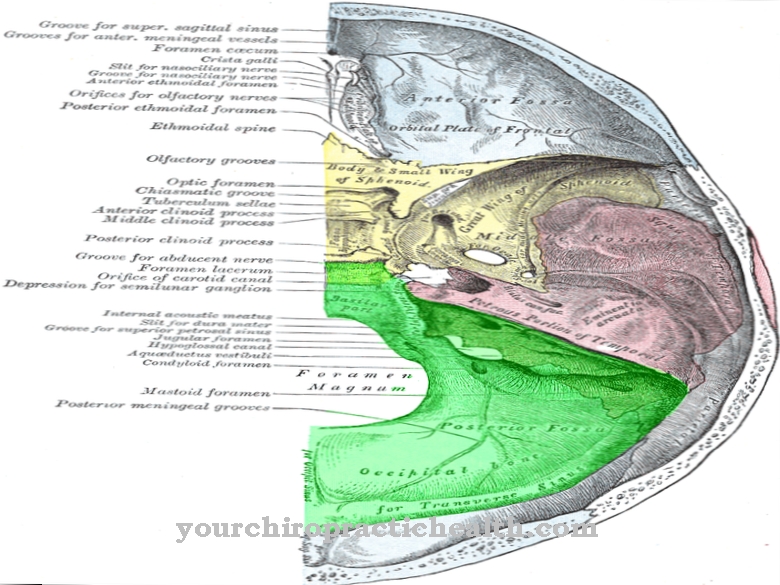

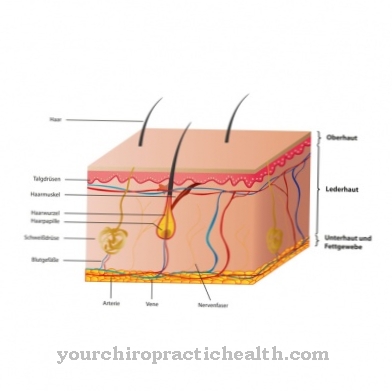
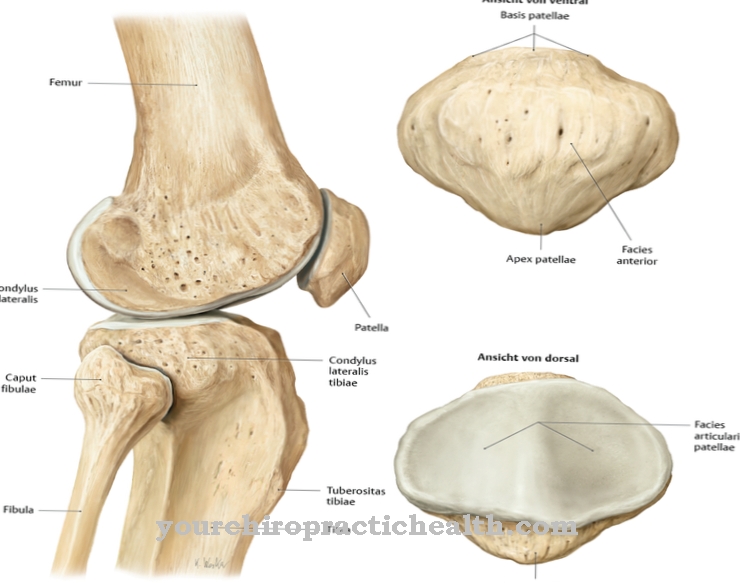
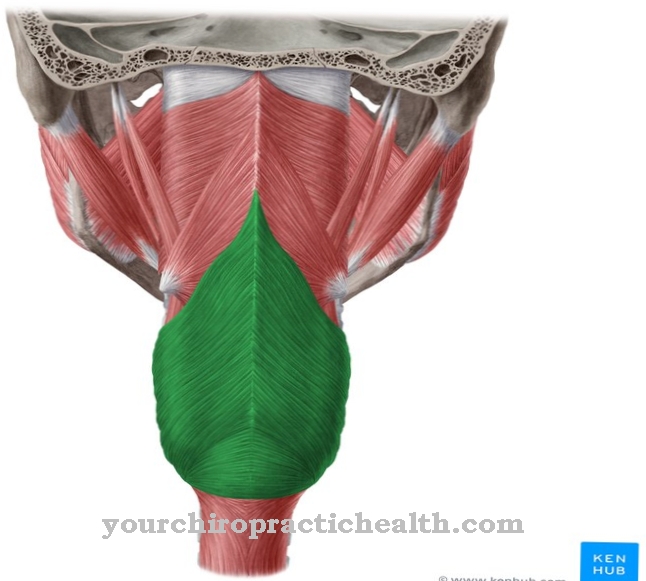
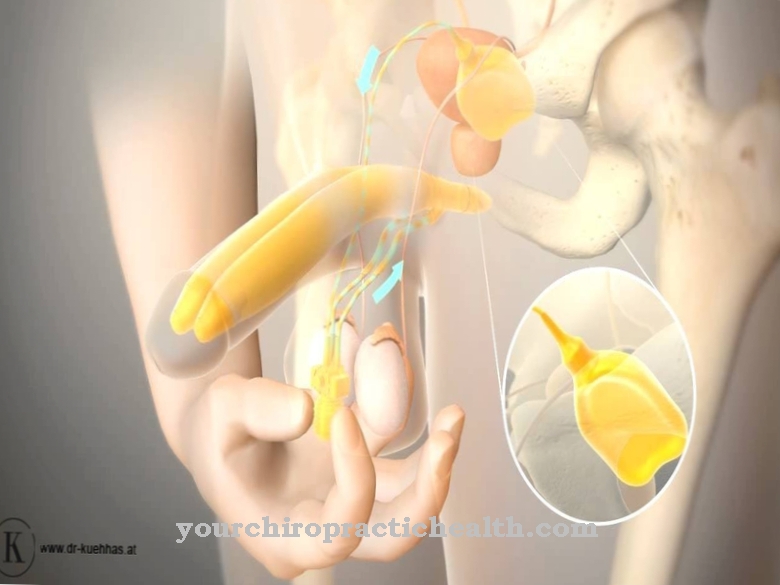

















.jpg)



